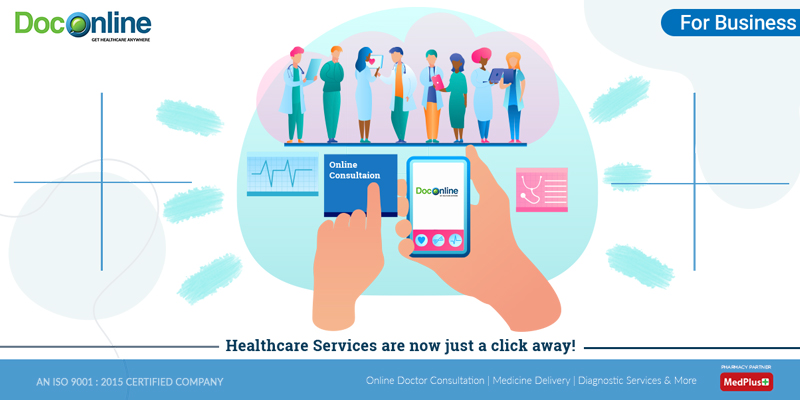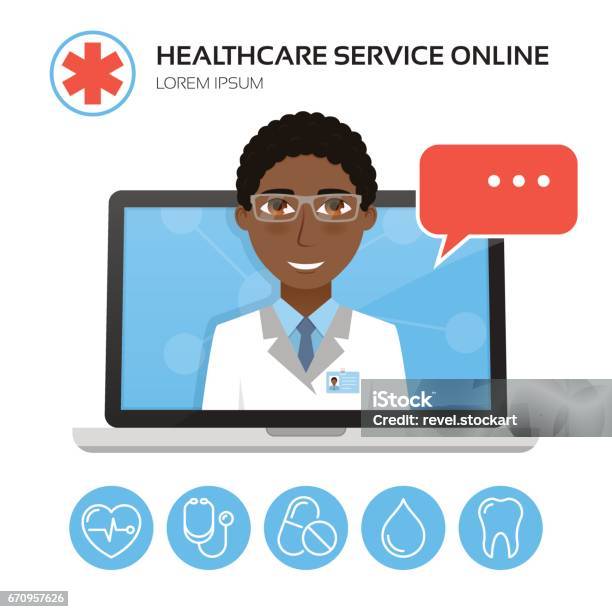The Future of Medicine: Discovering Subscription Based Healthcare Designs
The Future of Medicine: Discovering Subscription Based Healthcare Designs
Blog Article
Understanding the Cost-Effectiveness of Subscription-Based Medical Care Models
As the medical care landscape progresses, subscription-based designs become an engaging option, promising to redefine just how people handle clinical expenses. Assessing these models' cost-effectiveness requires a nuanced contrast with standard insurance, taking into consideration both monetary implications and patient complete satisfaction. While they supply openness and predictability in prices, concerns stay concerning their capacity to satisfy varied medical care requirements, especially for specialized therapies. The point of views of health care service providers better complicate this equation, presenting a diverse difficulty. What does the future hold for these versions, and can they really supply on their promise of accessible, inexpensive care?
Review of Subscription-Based Versions
Subscription-based health care designs, often described as direct primary treatment or attendant medicine, are progressively getting interest as a potential remedy to ineffectiveness within standard medical care systems. These designs operate the principle of offering individuals straight access to medical care service providers through a annual or monthly charge, bypassing the need for conventional insurance coverage mechanisms. This setup aims to simplify patient-provider interactions by reducing management problems, which typically impede customized and timely treatment.
At the core of subscription-based designs is the emphasis on an extra personalized person experience. Patients take advantage of improved accessibility to their medical professionals, frequently consisting of next-day or same-day appointments, extended assessment times, and direct interaction channels such as phone or video telephone calls. This design fosters a proactive strategy to medical care, where people and companies can collaboratively concentrate on preventative treatment and chronic illness administration.

Price Comparison With Traditional Insurance Policy

Among the main financial benefits of subscription versions is transparency in prices. Individuals pay a predictable fee, which can streamline budgeting and economic planning. Additionally, these designs normally remove co-pays and deductibles for covered solutions, reducing out-of-pocket spending. Conversely, standard insurance might be a lot more useful for people requiring specialized care or pricey therapies not covered under a registration design, as they gain from the wider coverage network and cost-sharing systems.
However, cost-effectiveness is context-dependent. While membership versions might supply cost savings for those mostly needing health care, individuals with persistent conditions or specialized medical care demands could discover typical insurance policy a lot more detailed. As a result, assessing certain health care requirements and prospective use is crucial in identifying the most affordable option for people.
Influence on Individual Fulfillment
Client satisfaction within subscription-based healthcare models commonly reflects a significant renovation over conventional insurance coverage systems. Unlike standard systems, where people Home Page could experience delays in getting treatment, subscription-based versions ensure even more direct and prompt communications with healthcare companies.
Furthermore, the openness in expenses connected with subscription-based medical care minimizes the common disappointments associated with unanticipated costs and intricate billing procedures seen in standard insurance policy (subscription based healthcare). Clients value knowing the precise economic commitment upfront, resulting in boosted trust and self-confidence in their medical care administration
Furthermore, the emphasis on preventive treatment and wellness in membership models adds to improved wellness outcomes, better enhancing patient satisfaction. By concentrating on ongoing health care instead of anecdotal care, clients experience a more continuous and all natural medical care journey.
Furthermore, the boosted provider-patient relationship cultivated in these designs, identified by more time invested per person and tailored interest, plays an important role in boosting patient complete satisfaction degrees, as people feel truly cared for and comprehended.
Company Experiences and viewpoints
From the service provider's point of view, subscription-based healthcare versions offer a transformative technique to delivering clinical solutions. These models stress a aggressive and preventative health care method, permitting service providers to concentrate on thorough person care without the restrictions of typical fee-for-service arrangements (subscription based healthcare). This shift in emphasis frequently causes boosted patient end results and enhanced service provider complete satisfaction, as medical care specialists can allot more time and sources to client interaction and customized care plans
Moreover, subscription versions promote foreseeable earnings streams, which improve monetary stability for doctor. This predictability enables enhanced source planning and allowance, adding to a much more reliable health care delivery system. Providers can purchase personnel training, innovation, and infrastructure enhancements, therefore improving the high quality of care used.
However, the transition to subscription-based versions is not without challenges. Carriers must adapt to brand-new operational frameworks, which can include additional reading considerable adjustments in invoicing practices and patient administration systems. In addition, there is an inherent requirement for robust data management to track individual end results and ensure quality care. Regardless of these hurdles, many companies find that the benefits of raised client interaction and streamlined procedures exceed the first challenges, making subscription-based models an attractive option.
Future Prospects and Challenges

A main difficulty is governing compliance, as membership designs must comply with evolving medical care plans and insurance policy demands. This necessitates continuous adjustment and development to make certain positioning with legal requirements. Furthermore, integrating these designs into existing medical care infrastructures can be intricate, calling for substantial financial investments in technology and training.
There is likewise the prospective danger of creating injustices in medical care accessibility, as membership designs might prefer those that can manage them, leaving susceptible populations underserved. Addressing this calls for thoughtful factor to consider of rates strategies and subsidy systems to make certain inclusivity.
Conclusion
Subscription-based medical care designs present a sensible choice to standard insurance policy by offering financial predictability and openness, particularly profiting individuals with chronic conditions or constant medical care demands. The cost-effectiveness of these versions is contingent upon specific healthcare usage informative post patterns and circumstances.
Subscription-based medical care versions, occasionally referred to as direct primary care or attendant medication, are significantly obtaining focus as a potential remedy to inadequacies within standard health care systems. Unlike typical systems, where people might experience hold-ups in getting care, subscription-based designs guarantee even more straight and prompt communications with healthcare service providers.
These designs stress a preventative and aggressive medical care method, permitting suppliers to concentrate on extensive patient treatment without the restrictions of traditional fee-for-service arrangements. As these designs proceed to get grip, they use the prospective to transform client access to care, improve service delivery, and maximize health care investing.Subscription-based medical care designs provide a practical choice to typical insurance policy by offering financial predictability and transparency, specifically benefiting individuals with persistent conditions or constant healthcare requirements.
Report this page